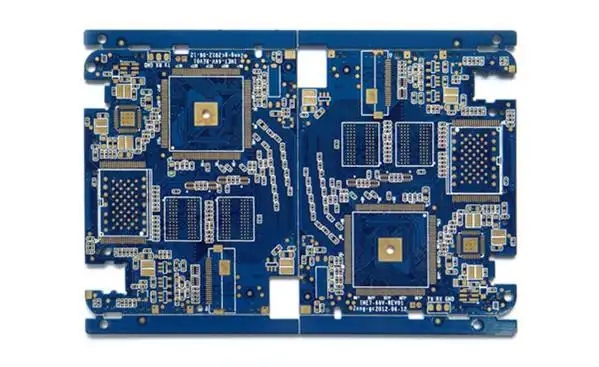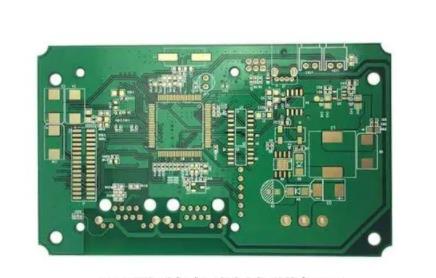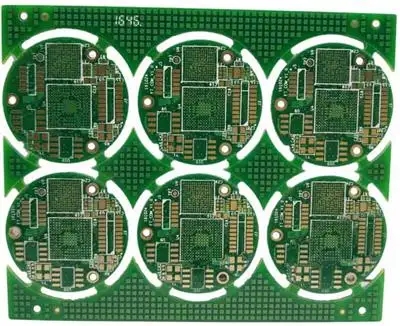
Precautions for PCB board design of switching power supply
PCB design of switching power supply is an important aspect to solve the electromagnetic compatibility problem of switching power supply
With the improvement of the performance of power semiconductor devices and the innovation of switching technology, power electronics technology has been widely used in various power equipment. At present, switching power supply products tend to be smaller, higher speed and higher density. This trend leads to EMC problems becoming more and more serious. High frequency switching process of voltage and current generates a lot of EMI (electromagnetic interference), which will seriously affect the normal operation of surrounding electrical equipment if not limited. Therefore, PCB design of the switching power supply is a crucial aspect to solve electromagnetic compatibility problem of the switching power supply. The reason why PCB is regarded as an indispensable part in the design of switching power supply is that it plays a dual role in the connection of electrical parts and mechanical parts of switching power supply, and is the key to reduce the EMI of electronic equipment.
PCB processing, PCB assembly, PCB design, PCBA processing manufacturers explain the design considerations of switching power PCB
1 Electromagnetic Interference in PCB Design
1.1 Electromagnetic coupling interference
In circuit design, electromagnetic coupling interference mainly affects other circuits through conductive coupling and common mode impedance coupling. From the EMC design point of view, switching power supply circuit is different from ordinary digital circuit, with relatively obvious interference sources and sensitive circuits. Generally speaking, the interference sources of switching power supply mainly focus on the components and wires with large voltage and current change rate, such as power field effect transistor, fast recovery diode, high-frequency transformer and the wires connected with them. Sensitive circuit mainly refers to the control circuit and the circuit directly connected to the interference measuring equipment, because these interference couplings may directly affect the normal operation of the circuit and the interference level of external transmission. Common mode impedance coupling means that when the current of two circuits passes through a common impedance, the voltage formed by the current of one circuit on the common impedance will affect the other circuit.

1.2 Crosstalk interference
Crosstalk interference between wires and cables in printed circuit board (PCB) is one of the most difficult problems to overcome. Crosstalk here refers to crosstalk in a broader sense. Whether its source is useful signal or noise, crosstalk is represented by mutual capacitance and mutual inductance of wires. For example, control and logic levels are uploaded to a ribbon line on the PCB, and low-level signals are uploaded to the second ribbon line close to it. When the parallel wiring length exceeds 10 cm, crosstalk interference is expected to occur; When a long cable carries several groups of serial or parallel high-speed data and remote control lines, crosstalk interference becomes a major problem. Crosstalk between adjacent wires and cables is caused by electric field through mutual capacitance and magnetic field through mutual inductance.
When considering the problem of linear crosstalk in PCB, the most important problem is to determine which is more important: electric field (mutual capacitance), magnetic field (mutual inductance) coupling. The determination of the coupling model mainly depends on the line impedance, frequency and other factors. In general, capacitive coupling is primary at high frequencies, but if one or both of the source or receiver uses shielded cables and is grounded at both ends of the shield, magnetic field coupling will be primary. In addition, low circuit impedance and inductive coupling are the main factors at low frequencies.
1.3 Electromagnetic radiation interference
Radiation interference is caused by the radiation of space electromagnetic wave. PCB electromagnetic radiation is divided into two types: differential mode radiation and common mode radiation. In most cases, common mode interference is the main conducted interference generated by switching power supply, and the radiation effect of common mode interference is far greater than differential mode interference, so reducing common mode interference is particularly important in the EMC design of switching power supply.









